Do you have a question about the Samsung OfficeServ and is the answer not in the manual?
Provides an overview of the manual's scope, covering installation, service settings, operations, and document structure.
Explains the OfficeServ Operator as a Windows-based console for call control and its key features.
Describes the OfficeServ Link as middleware connecting telephone systems to computers for enhanced capabilities.
Lists the minimum PC hardware and software specifications required for installing the OfficeServ Operator.
Outlines key operational capabilities including call processing, status display, and system information retrieval.
Covers essential prerequisites for installation, including licensing and system checks.
Provides step-by-step guidance for installing the OfficeServ Operator software.
Details the sequence of actions from executing the installer, accepting terms, selecting folders, to completing setup.
Details the functionality of main menus like File, Call, Tools, View, and Help for application operation.
Describes the layout and purpose of the primary windows within the operator interface.
Details important windows like Information, Incoming Calls, Active Calls, Held Calls, DID, and BLF.
Guides the user through launching the OfficeServ Operator application for the first time.
Procedure for selecting the active telephone line used by the operator.
Comprehensive configuration options for customizing the operator's behavior and interface.
Covers General, Key Telephone, Columns, Display, Toolbar, Station Group, Call Control, Blocked CIDs, Color, Advanced, Function Keys settings.
Procedures for logging into OfficeServ Link, sending, and receiving messages.
Guides on adding phonebook entries to outgoing BLF groups.
Covers fundamental call handling operations like dialing, answering, dropping, holding, and transferring.
Details advanced call management features including station park, conferences, paging, and voicemail.
Instructions on launching the Log Viewer application and overview of available log categories.
Guides for retrieving Statistical, All, Inbound, Outbound, Trunk, Station, DID, CID, and Transfer Destination logs.
Procedures for importing contact data from Excel files into the operator's phone book.
Procedures for exporting the operator's phone book data to an Excel file.
| VoIP Support | Yes |
|---|---|
| Networking | IP Networking |
| Voice Messaging | Yes |
| Unified Messaging | Yes |
| Auto Attendant | Yes |
| Call Center Features | Yes |
| Mobility Solutions | Yes |
| Operating Temperature | 0°C to 40°C |
| Storage Temperature | -20°C to 60°C |
| Humidity | 10% to 90% non-condensing |
| Dimensions | Varies by model |
| Weight | Varies by model |
| VoIP Protocols | SIP, H.323 |
| Supported Codecs | G.711, G.729 |
| Network Interfaces | Ethernet |
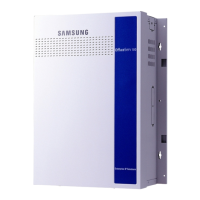



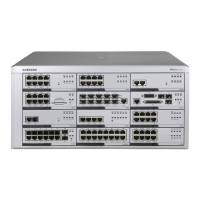
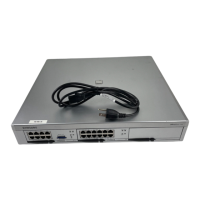

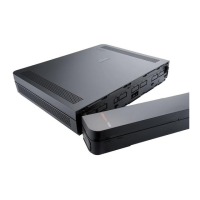
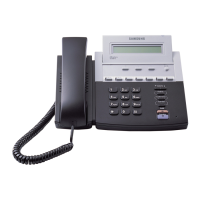
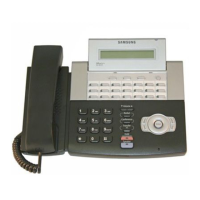

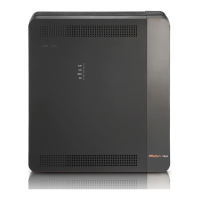
